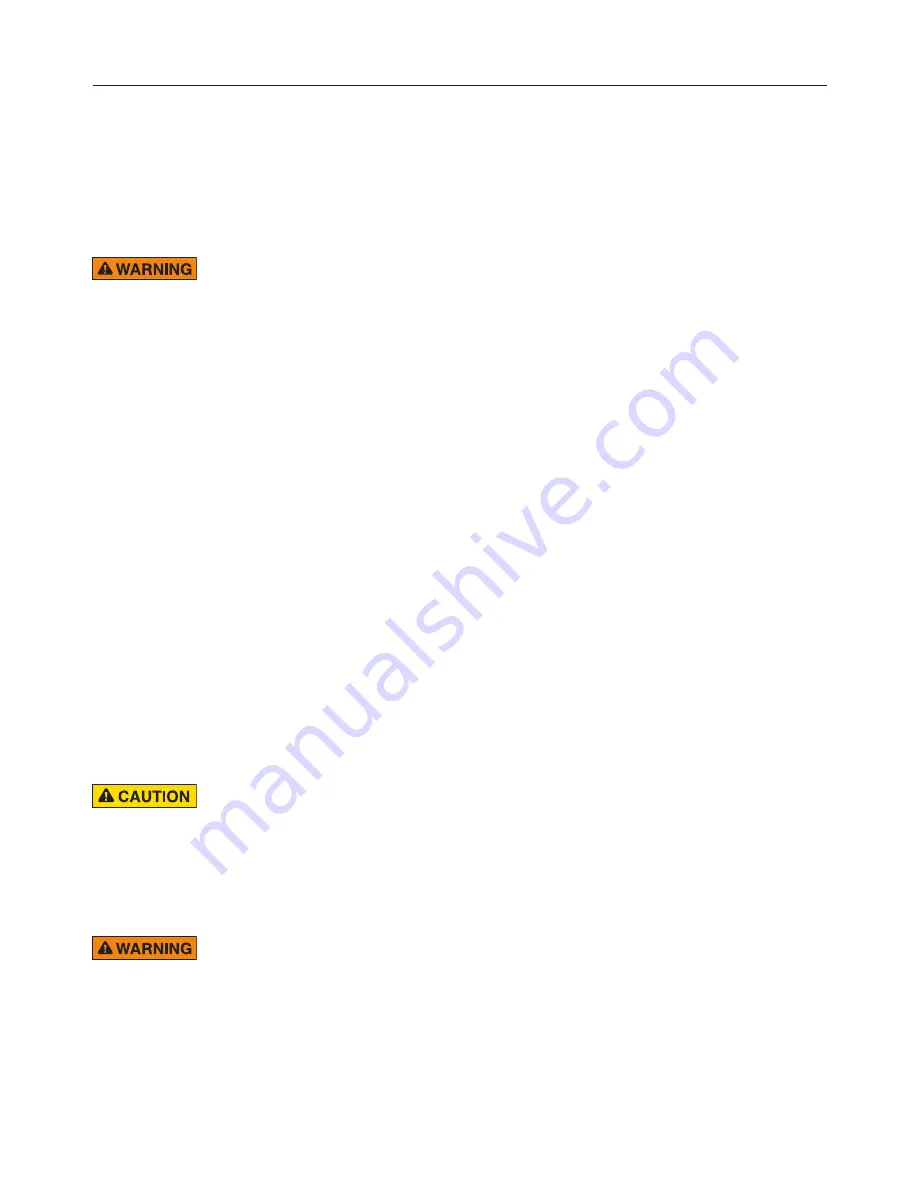
Q
uadra
F
lare
Halogen Scene Light Model QL97HSCENE
5
Testing the Installation
After the installation, test the scene light to ensure that it is operating properly. Also test all vehicle functions,
including horn operation, vehicle safety functions, and vehicle lighting systems to insure proper operation.
Ensure that the installation has not affected the vehicle operation or changed any vehicle safety functions
or circuits.
Cleaning the Plastic Lenses
CRAZING/CHEMICALS
Crazing (cracking) of lenses will cause reduced effectiveness of the light. Do not use cleaning
agents (which will cause crazing) such as strong detergents, solvents, or petroleum products.
If crazing of lenses does occur, the reliability of light for emergency signaling purposes may be
reduced until lenses are replaced.
Failure to follow this warning can damage the lenses and may result in bodily injury or death to you
or others.
1. Rinse the lenses with lukewarm water to loosen dirt and debris.
2. Use a mild soap, lukewarm water, and a soft cloth to gently clean the lenses. To avoid damaging the
lens, do not use heavy pressure or caustic, abrasive, or petroleum-based cleaners.
3. Rinse and dry the lenses with a soft cloth to prevent water spotting.
4. To remove fine scratches and haze, use a specialty plastic cleaner/polish and a soft cloth. You can also
use a high quality automotive paste cleaner/wax that is non-abrasive.
The most effective product you can use for cleaning, protecting, and polishing clear and colored plastics
is Plexus® Plastic Cleaner, Protectant & Polish. Over time, exposure to heat, sunlight, and smog causes
plastic to fade, discolor, scratch, or become brittle. Plexus seals the pores of the plastic, making the plastic
easier to clean, improving scratch resistance, and increasing product longevity.
Plexus is available in cases of twelve 13 oz aerosol cans (PX13) from Federal Signal Corporation, Emer-
gency Products.
Replacing the Halogen Lamp
CAREFULLY HANDLE THE HALOGEN LAMP
Halogen lamps get hot enough to burn you. Always allow these devices to cool before handling
them. Halogen lamps are also pressurized and if broken can result in flying glass. Always wear
gloves and eye protection when handling these devices.
Failure to follow this caution may result in personal injury.
LAMP WATTAGE
This device is designed to use a halogen lamp of 50 watts or less. Use of a lamp of more than 50
watts can result in damage to the lens, property damage, or injury to you or others.










